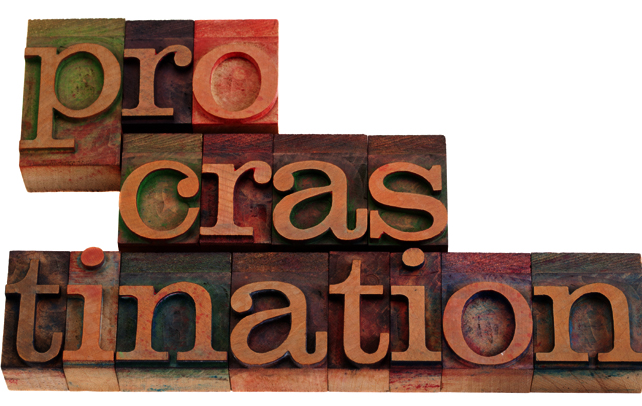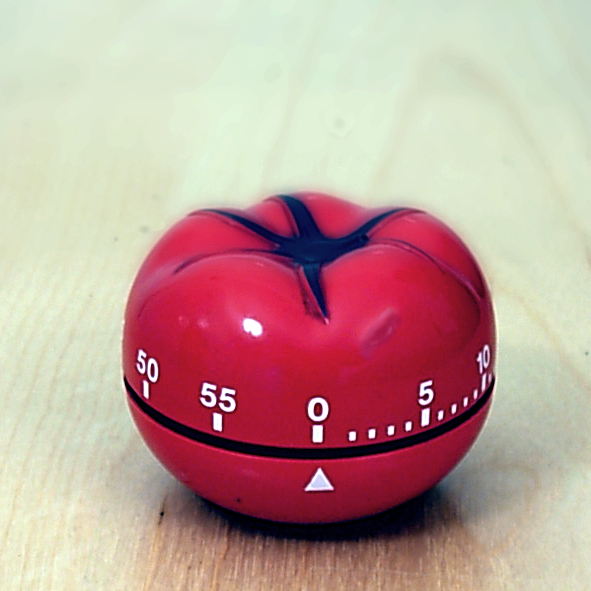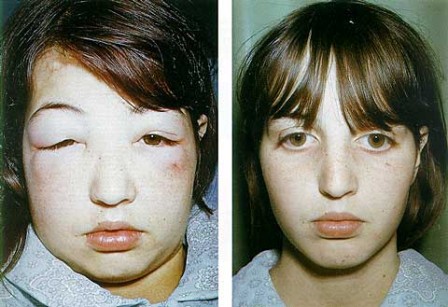Everyone procrastinates sometimes, but 20 percent of people chronically avoid difficult tasks and deliberately look for distractions—which, unfortunately, are increasingly available. Procrastination in large part reflects our perennial struggle with self-control as well as our inability to accurately predict how we'll feel tomorrow, or the next day.
What is Procrastination?
In a nutshell, you procrastinate when you put off things that you should be focusing on right now, usually in favor of doing something that is more enjoyable or that you’re more comfortable doing.
Tips for Overcoming Procrastination
- Break a long project down into short tasks.
Dwelling on the size and difficulty of a looming task will overwhelm us, and thus promote procrastination. Any undertaking, no matter how daunting, can be broken down into smaller steps. The trick is — with each step along the way — to focus solely on the next, achievable chunk of work. Ignore the big picture for a while and just tackle that next small task. Make sure you can easily visualize the outcome of your small task. Don’t write a book; write a page. If it is still intimidating, commit yourself to work on it for a specific period of time. Keep the big picture in mind, of course, but don't allow it to frighten you. Use it for motivation and direction.
- Keep a planner journal
If you're pocrastinating because you're disorganized, here's how to get organized!
- Keep a To-Do list so that you can’t “conveniently” forget about unpleasant or overwhelming tasks.
- Become a master of scheduling and project planning, so that you know when to start those all-important projects.
- Set yourself time-bound goals : that way, you’ll have no time for procrastination!
- Focus on one task at a time.
- Use pomodoro technique
The Pomodoro Technique is a time management method developed by Francesco Cirillo in the late 1980s.The technique uses a timer to break down work into intervals traditionally 25 minutes in length, separated by short breaks. These intervals are known as "pomodori", the plural of the Italian word pomodoro for "tomato". The method is based on the idea that frequent breaks can improve mental agility.There are five basic steps to implementing the technique:
- Decide on the task to be done
- Set the pomodoro timer to n minutes (traditionally 25)
- Work on the task until the timer rings; record with an x
- Take a short break (3–5 minutes)
- After four pomodori, take a longer break (15–30 minutes)
- Eliminate distractions
It's hard to get any real work done when you keep turning your attention to what's on television or you keep checking your friends Facebook status updates. Assign yourself a period of time during which you turn off all distractions – such as music, television, and social networking sites – and use that time to focus all of your attention on the task at hand.
- Reward yourself
Once you have completed a task (or even a small portion of a larger task), it is important to reward yourself for your efforts. Give yourself the opportunity to indulge in something that you find fun and enjoyable, whether its attending a sporting event, playing a video game, watching your favorite tv show, or looking at pictures on a social sharing site.























